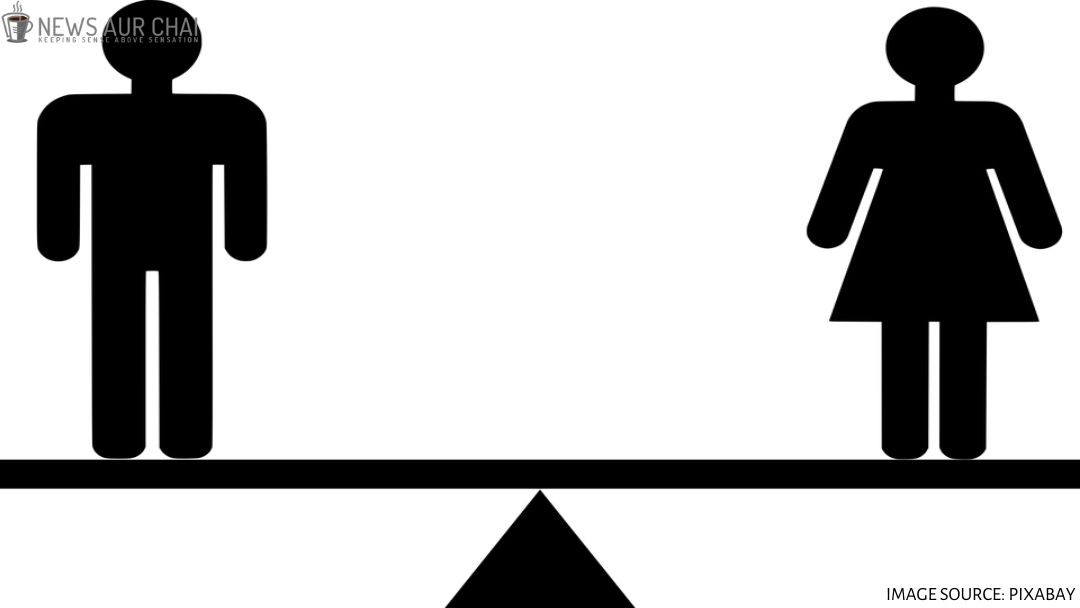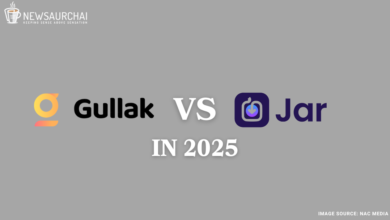
It has been long prophesied the frightful picture of the future where nature will rebel against the human most disastrously, and we will have to pay the price of its self-seeking attitude by completely hollowing nature. Climate change is real, and it is here, the rising temperature, extreme weather conditions, shifting wildlife protections, polar caps melting, coral reefs dying, sea levels rising, and an increasing number of natural disasters. However, the aforementioned consequences of climate change are unequally distributed amongst the countries and its people.
According to the World Health Organisation report titled ‘Gender, Climate Change, and Health,’ the 1991 cyclone disasters in Bangladesh that killed 1,40, 000 people, 90 per cent of victims were women. The death rate among 20–44 years age groups was 71 per 1000 women, compared with 15 per 1000 men. The reasons for this include the fact that more women are homebound, looking after children and involved in household activities and dependent on the relatives or husband to reach the safe harbour.
Similarly, in May 2008, Cyclone Nargis came ashore in the Ayeyarwady Division of Myanmar, among the 1,30,000 people dead or missing in the aftermath, 61 per cent were female. The indirect consequences of the disasters also affect the women, young people, and people with a low socio-economic status more as they are comparatively at a higher risk of anxiety and mood disorders after disasters.
“The world must mobilize climate solutions as quickly and fully as possible, remembering that gender equity is itself one.” — Katharine Wilkinson, Author
Climate change exacerbates the existing gender inequalities. It is conspicuous that the climate is pernicious to all, but it’s more for the women. Likewise, the reciprocity of men and women towards climate change is very discrete.
The gender dimension to the climate crisis is a global issue that needs immediate action. There is a need for a gender-sensitive policy with its emphasis on the existing society which places women in a vulnerable position with its prominence on the unequal relation of men and women, the unequal distribution of resources and opportunities between men and women, the different needs, demands and experiences of men and women. Women still face difficulties in requirements, such as access to financial and land resources, education, and job training.
To adapt and mitigate climate change, research, policy, and implementation programs are crucial to ensure that gender and other human development concerns are incorporated to map its impacts.
Civil society and international organizations striving on gender-sensitive policy have acknowledged that the gendered impacts of climate change in sectoral areas seen as most ‘directly’ affected by climate change such as food security, water, agriculture, as well as the ‘indirect’ impacts on social sectors such as health and education.
The prevalent global policy efforts to curb climate change are mostly market and technology-driven which is concentrated in the reduction of the greenhouse gas emissions — and faintly concerned on the broader picture on achieving social and gender justice.
Likewise, carbon markets lack gender-responsiveness. Usually, climate change mitigation initiatives are focussed on the large-scale, latest technology-and market-focused which aims at low-carbon growth. However, there is a lack of practice of integrating gender into mitigation efforts especially hyper-local levels, the transaction costs of small-scale initiatives that tend to have more gender co-benefits, along with gender-biased assumptions and gender-inequitable laws, regulations and customs underpinning markets, have obstructed the integration of gender and other human development concerns into climate finance to date.
The women alongside their integration to the decision-making positions; also need to be given equal access to the property, information, and funds, as it is highly unlikely for them to benefit from market-and technology-based solutions for climate change mitigation or adaptation.
The ideation of the projects and its implementation is still a witness of a gender disconnect. It is often observed that there is comparatively a more robust gender analysis while conceptualizing and planning of the projects; however, a shallow implementation, monitoring, and evaluation of gender-integrated initiatives on-ground. The aforementioned is one of the reasons why we still lack an integrated approach to curb climate change, and it’s unequal reverberation.
The biggest hurdle is to secure practical methodologies to estimate gendered climate change impact at various regional and geographical levels. It is unambiguous that the existing strategies at a national and international level are gender- blind. As with the available dysfunctional monitoring and evaluation frameworks, much-needed data is unavailable to policymakers to prepare a gender-sensitive roadmap.





